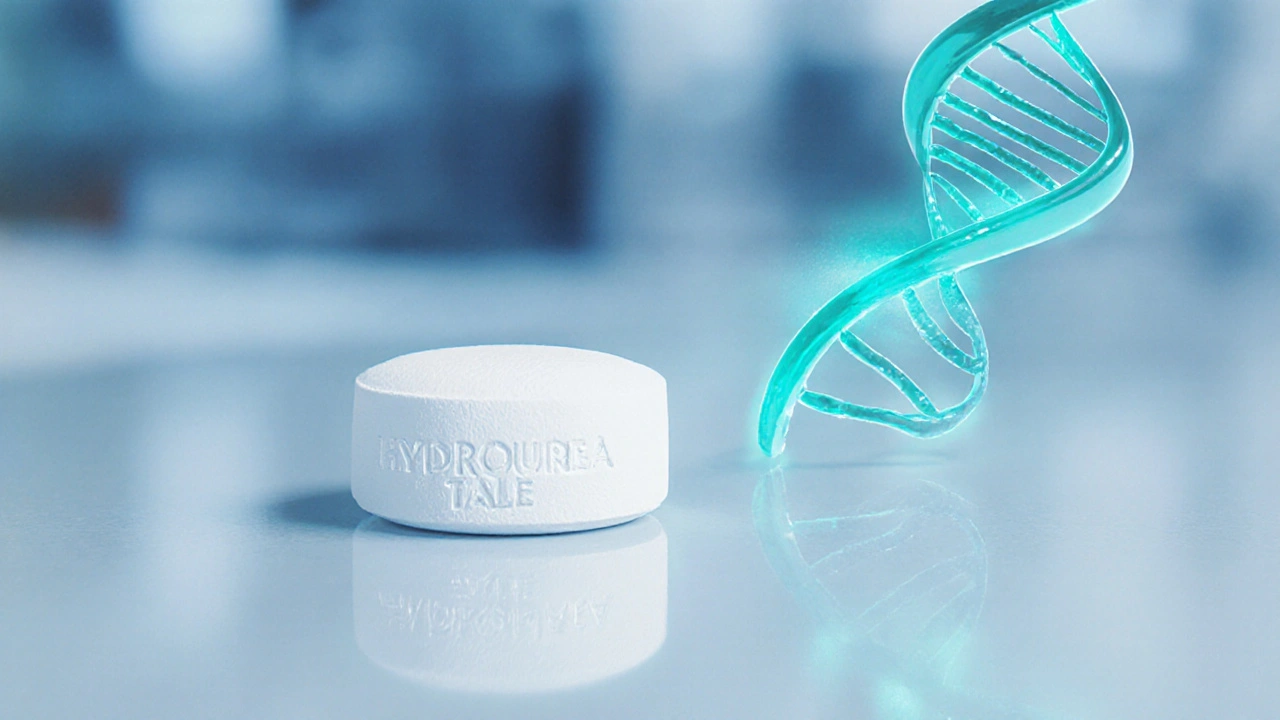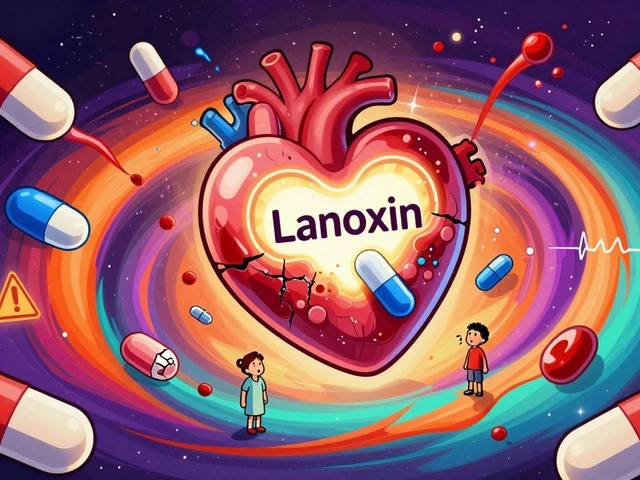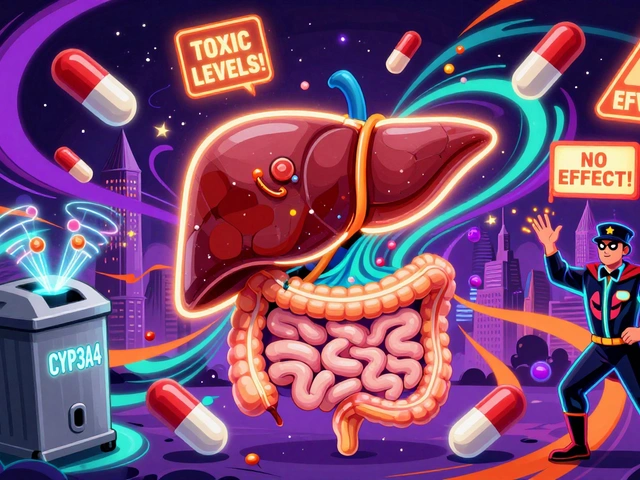Hydroxyurea Alternatives
When you hear the phrase Hydroxyurea alternatives, non‑hydroxyurea drugs and strategies used to treat the same conditions. Also known as hydroxyurea substitutes, it helps patients who need a different safety profile or who cannot tolerate the original drug. The discussion often starts with Hydroxyurea, a ribonucleotide reductase inhibitor that raises fetal hemoglobin and reduces vaso‑occlusive events. This medication is a cornerstone for Sickle Cell Disease, a genetic blood disorder causing painful crises and organ damage. It’s also prescribed for Myeloproliferative Neoplasms, clonal blood cancers such as polycythemia vera and essential thrombocythemia. However, not everyone can stay on hydroxyurea—some patients experience severe neutropenia, renal issues, or simply need a drug with a different dosing schedule. That's where alternatives step in, and ongoing clinical trials, research studies testing new agents or combos become vital for expanding the toolbox.
Key Factors When Choosing an Alternative
Hydroxyurea alternatives fall into several groups. First, there are newer disease‑modifying agents that target sickle cell pathology directly, such as L‑glutamine which reduces oxidative stress, voxelotor that improves hemoglobin oxygen affinity, and crizanlizumab, a monoclonal antibody that blocks P‑selectin‑mediated cell adhesion. Second, you’ll find drugs borrowed from oncology, like interferon‑alpha or ruxolitinib, which can control myeloproliferative activity when hydroxyurea is insufficient. Third, non‑pharmacologic strategies—regular blood transfusions, iron chelation, or emerging gene‑editing approaches—serve as alternatives or adjuncts. Each option brings its own efficacy profile, side‑effect spectrum, cost, and monitoring needs. For example, crizanlizumab offers strong protection against pain crises but requires IV infusions and can be pricey, while L‑glutamine is an oral supplement with a modest benefit and low adverse‑event risk. The choice often hinges on a triple relationship: the disease severity (or specific indication), patient tolerance, and access to care.
When comparing alternatives, clinicians look for three semantic connections: (1) the alternative’s mechanism of action influences disease‑specific outcomes; (2) safety and side‑effect profile affects patient adherence; and (3) cost and insurance coverage determine real‑world availability. This framework helps you weigh whether a drug like ruxolitinib, which targets JAK‑STAT signaling, offers a better risk‑benefit balance than continuing hydroxyurea in a patient with high leukocyte counts. It also explains why some patients might opt for regular transfusion programs despite the invasiveness—they avoid long‑term drug toxicity. Below you’ll find a curated list of articles that dive into each alternative, compare their pros and cons, and give practical tips for switching or combining therapies. Use the insights to match your clinical scenario with the most suitable option and stay ahead of the latest research.
Hydroxyurea vs Alternatives: Which Drug Fits Your Treatment Needs?
A clear comparison of Hydroxyurea with its main alternatives for sickle‑cell disease and CML, covering efficacy, side‑effects, cost and how to choose the right option.





